How Healthy Are Dried Foods?


Are There Benefits to Drying Food?
Jerky, fruits, and other dried snacks are tasty and are easy to store and eat. Drying or dehydrating is one of the oldest ways to preserve foods. It makes them last longer and keeps them safe to eat. Nutrition-wise, food stays mostly the same, although the drying process can destroy vitamins A and C. And the calorie count can rise as the food shrinks and nutrients become more concentrated.
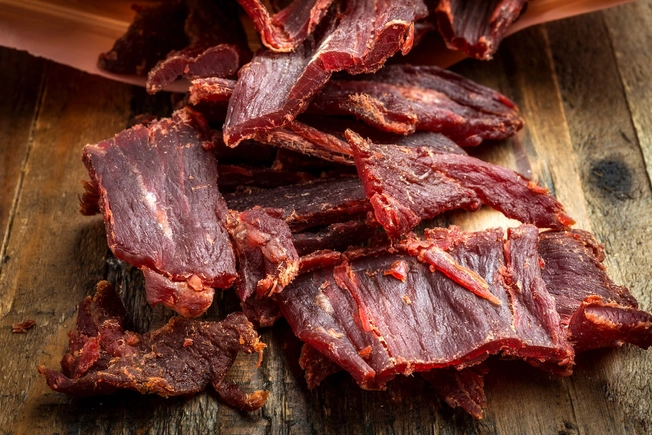
Beef Jerky
Jerky comes from the Spanish word “charqui,” which means dried meat strips. You can make it from almost any lean cut of meat like beef, pork, or turkey. Beef jerky is high in protein, with about 9 grams an ounce. It’s low in carbs and high in nutrients like zinc, B12, and iron. It is high in sodium. An ounce gives you almost 22% of what you need for the day. One ounce also has about 14 milligrams of cholesterol.
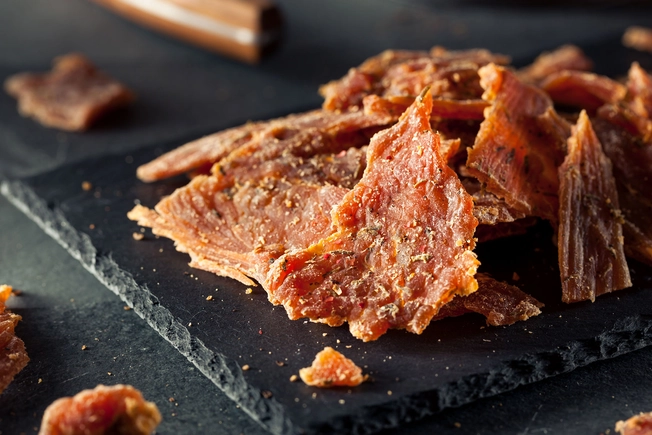
Turkey Jerky
Turkey jerky is high in protein. A 1-ounce piece has about 11 grams. But It’s also packed with sodium -- about 11% of what you should have all day. It has about 10 milligrams of cholesterol per ounce. Turkey usually has less fat -- especially saturated fat -- than beef jerky. Look for turkey jerky made from white meat, which has less fat than dark meat.
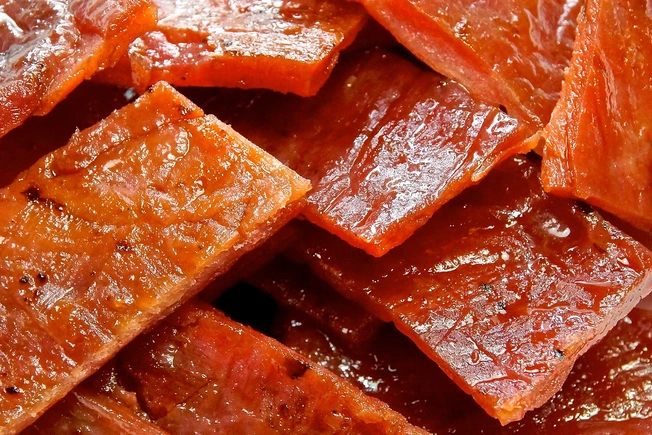
Pork Jerky
An ounce of pork jerky offers about 10 grams of protein, along with other key nutrients like magnesium, iron, and folate. It also serves up about 15% of your daily sodium needs.
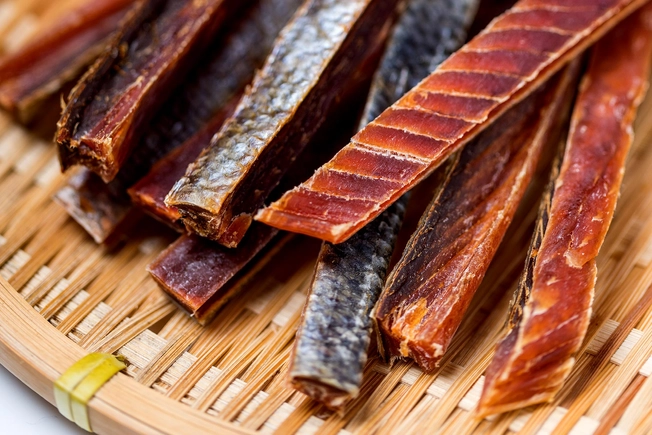
Salmon Jerky
Salmon jerky provides about 11 grams of protein per ounce along with omega-3 fatty acids, which can lower your chances of heart disease and stroke. But the picture isn’t all rosy. It also has about 21% of your daily sodium and 25 milligrams of cholesterol.
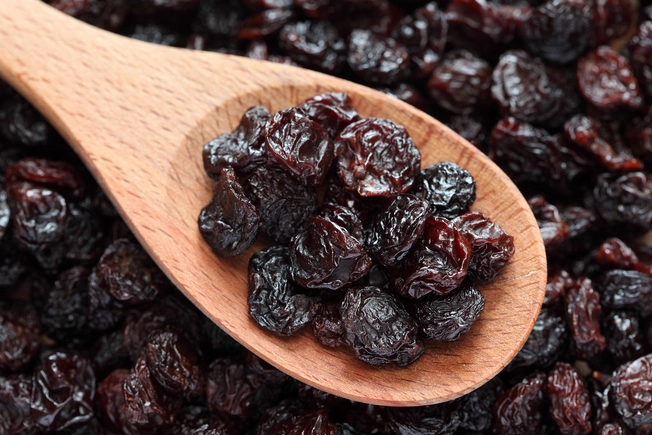
Raisins
Raisins are dried grapes. They’re rich in antioxidants, which help protect your cells. They’re also a good source of fiber, iron, and potassium. Raisins lose water and shrink during the drying process, so the sugar and calories that remain are more concentrated. Plus, some brands have added sugar. A large handful (1 ounce) of 60 raisins has 17 grams of sugar.
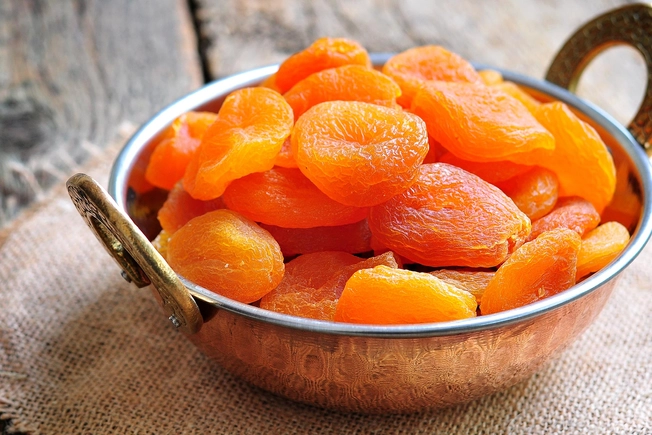
Apricots
Dried apricots are higher in most nutrients than fresh apricots. A serving of 5-6 dried apricots has more than four times the fiber than a whole fresh apricot. Fiber helps lower your risk of heart disease, diabetes, and some types of cancer. Dried apricots also have more potassium, iron, and calcium. But they’re also much higher in calories and sugar. And they lose most of their vitamin A and C during the drying process.
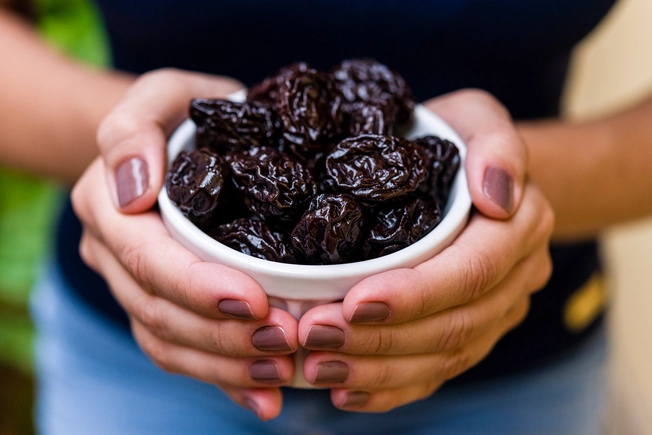
Prunes
Prunes are dried plums. Except for a few vitamins, most nutrients are better in prunes than plums. They’re high in potassium, iron, fiber, and vitamin K, as well as antioxidants. Like other dried fruits, they have a lot of calories and sugar. Prunes also ease constipation.
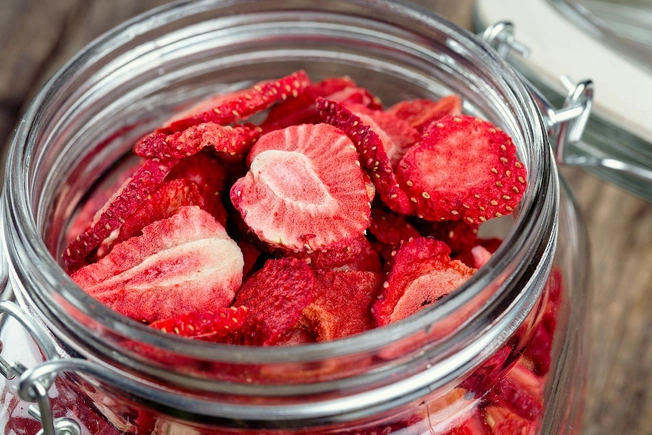
Dried Berries
Dried berries are often higher in nutrients -- like fiber, iron, and potassium -- than fresh fruits. But when the water is removed, the sugar and calories add up. Blueberries are known for being rich in antioxidants. But they lose up to half of those powerful substances when dried.
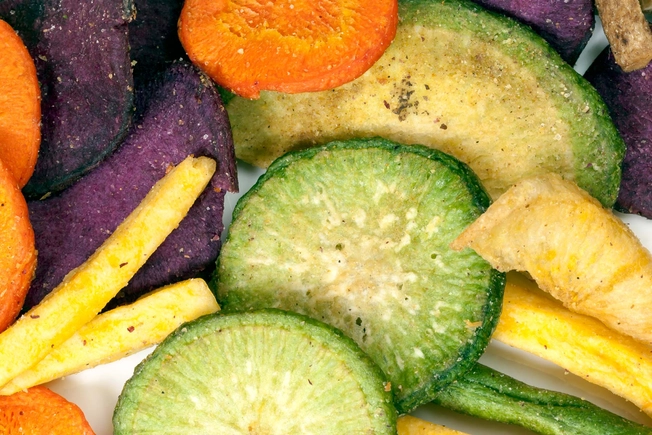
Dried Vegetables
From broccoli to squash, most vegetables can be dried as snacks or to be used later in soups or other dishes. Like fruit, dried veggies can keep more nutrients than their fresh versions. But they, too, can lose vitamins A and C during drying.

Using an Oven
Set the temperature to 140 degrees or your food will cook instead of dry. Leave the door open a few inches so moist air can escape. If you can, put a fan outside the oven door to help move the air inside. You can use special trays or turn your oven racks into trays by covering them with muslin or cheesecloth. Spread items in a single layer and turn every few hours. It will take the food several hours to dry.
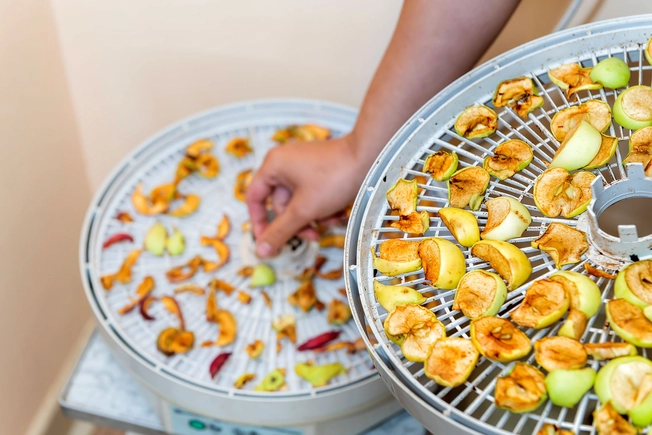
Using a Dehydrator
Dehydrators take less time and use less energy than an oven. Most produce should be blanched first in boiling water to stop bacteria and to get the best taste. Put pieces in a single layer on a tray at 140 degrees. To help food dry evenly, rotate the trays from top to bottom rack halfway through. Times vary but will take several hours.

Drying in the Sun
Sun drying only works well in places with low humidity and high temperatures most of the day. And it's only a good idea for drying fruit. Place slices on clean racks or screens and cover with netting, cheesecloth, or another screen. Set up a fan to blow across the racks. Sun drying needs constant sun and can take several days. Be sure to bring the food inside at night.

How to Make Jerky
To make your own jerky, thinly slice nearly frozen lean meat into strips. Marinate the strips. Precook meat to 160 degrees and poultry to 165 degrees. Dehydrators usually don’t get hot enough to kill bacteria. For added safety, heat the dried strips in an oven set at 275 degrees. Strips are ready when you bend them and they crack but don't break. It should take several hours. The jerky will keep for 2 months.
